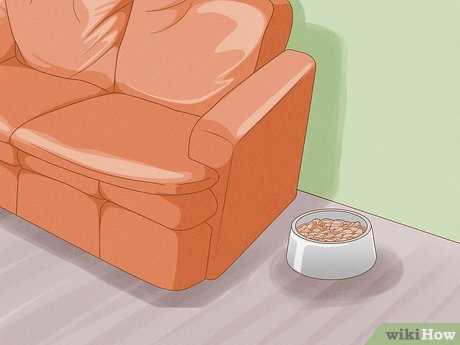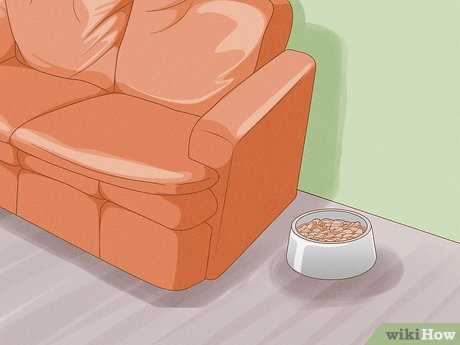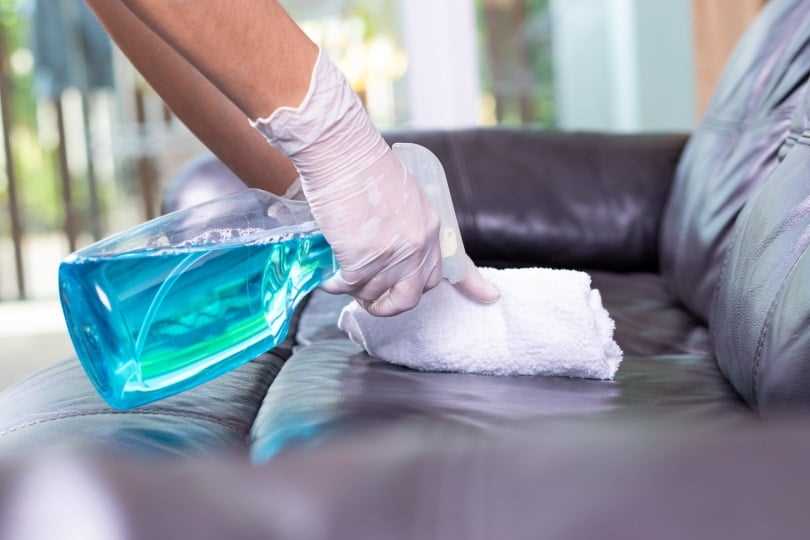



If you find yourself struggling with persistent odors on your cherished seating, a mixture of white vinegar and water can be a game changer. Combine equal parts of both in a spray bottle, lightly mist the affected area, and allow it to air dry. This simple solution neutralizes unpleasant scents without damaging the material.
For more stubborn issues, consider a paste made from baking soda and water. Apply this concoction to the affected spot and let it sit for several hours or overnight. Once dried, gently brush off the residue. This method not only absorbs odors but also refreshes the surface.
Always test any cleaning agent on a hidden area first to ensure it won’t harm the finish. Following these steps will help keep your beloved pieces fresh and inviting, making them a joy to use. Remember, regular maintenance is key to preventing issues before they arise.
Removing Unwanted Odors from Your Belongings
Mix equal parts of white vinegar and water in a spray bottle. Apply the solution lightly to the affected area without soaking it. Wipe off excess moisture with a clean cloth. This helps neutralize lingering scents effectively.
Using Baking Soda for Absorption
Sprinkle a generous layer of baking soda over the area. Let it sit for several hours or overnight to absorb odors. Vacuum it up afterward, ensuring no residue remains. This method is safe and gentle on your items.
Commercial Products
Consider using products specifically designed for odor removal. Look for enzyme-based cleaners that break down the source of the issue. Follow the instructions carefully for optimal results. Always test on a small, inconspicuous area first.
Identify the Source of the Odor
First, check for any visible stains or discoloration on the surface. These marks can indicate where the issue lies. Pay attention to areas where I might have been lounging or playing.
Methods to Pinpoint the Area
- Use a blacklight in a dark room to find hidden spots. The light makes certain substances glow, helping you locate the source.
- Smell test various sections. Get close to suspected areas to detect any lingering scents.
- Consider the furniture’s proximity to litter boxes or areas where I like to hang out.
Additionally, check seams and crevices. Sometimes, the liquid can seep into hard-to-reach spots, making it trickier to identify the exact location.
Take Action
Once identified, mark the area for easy reference during cleaning. This ensures thorough treatment and prevents any lingering issues in the future.
Gather Necessary Cleaning Supplies
To effectively tackle the unpleasant odor lingering on my human’s seating, gathering the right tools is key. Start with white vinegar, a natural deodorizer that neutralizes unwanted scents. Next, grab baking soda, which absorbs odors and helps refresh the area. Additionally, acquire a soft cloth or sponge for applying solutions without damaging the surface. A mild dish soap can also assist in cleaning, ensuring no residue remains.
Recommended Supplies
| Item | Purpose |
|---|---|
| White Vinegar | Neutralizes odors |
| Baking Soda | Absorbs unwanted scents |
| Soft Cloth/Sponge | Gentle application of solutions |
| Mild Dish Soap | Cleans surfaces |
Finally, consider using a pet-safe enzymatic cleaner for tough stains. This will break down odors at the source, making it easier for my human to keep the space fresh. And while they’re at it, they can check out the best toys for cats with separation anxiety to keep me entertained during the cleaning process. If any cleaning spills over into my space, knowing how to keep nitrates low in aquarium is a handy bonus for my aquatic friends too!
Apply a Leather-Safe Cleaning Solution
For tackling unwanted odors, a specialized cleaning solution designed for delicate materials is essential. I recommend using a product specifically formulated for natural surfaces. Always check the label to ensure it’s safe for the type of material you’re treating.
Preparation Steps
Before applying, test the cleaner on an inconspicuous area. This helps avoid any discoloration or damage. If the material reacts well, proceed with the cleaning process.
Application Process

Use a soft cloth or sponge to apply the solution gently. Work in small sections, ensuring even coverage. Avoid saturating the fabric, as excess moisture can harm the structure. Wipe away any residue with a dry cloth to prevent buildup.
After the application, allow the area to air dry completely. This step is crucial for eliminating lingering odors. In some cases, repeating the process may be necessary for best results.
Use a Neutralizing Agent for Odor
Utilizing a neutralizing agent can significantly reduce unpleasant odors from surfaces. Here are some effective options:
- Baking Soda: Sprinkle a generous amount over the affected area and let it sit for several hours or overnight. Vacuum it up afterwards. This method absorbs and neutralizes unwanted scents.
- White Vinegar Solution: Mix equal parts of white vinegar and water in a spray bottle. Lightly mist the area and wipe it down with a soft cloth. Vinegar naturally neutralizes odors as it dries.
- Lemon Juice: Mix lemon juice with water and apply it using a cloth. The acidity helps to combat strong odors while leaving a fresh scent.
- Enzymatic Cleaners: Look for products specifically designed to break down odor-causing substances. Follow the manufacturer’s instructions for the best results.
Application Tips
When applying these agents, ensure the surface is not overly saturated. Test any solution on a small, inconspicuous area first to avoid damage. For stubborn odors, repeat the application process to achieve optimal results.
Test for Colorfastness Before Full Application
Before applying any cleaning solution to my favorite spot on the couch, it’s smart to check if the color will hold up. Take a hidden area, like underneath a cushion, and apply a small amount of the cleaner. Wait a few minutes, then gently blot with a white cloth. If the color transfers to the cloth, it’s not safe to use that cleaner on the visible parts.
This quick test prevents unwanted fading or discoloration. Always make sure the leather can handle the treatment to keep it looking fresh and vibrant. If the test passes, proceed with confidence to the rest of the area.
Condition the Leather After Cleaning
After tackling the cleaning process, it’s crucial to treat the material with a conditioner specifically designed for it. This restores moisture and maintains flexibility, preventing cracking or drying out. Choose a high-quality product free from harsh chemicals to ensure safety and longevity.
Apply the conditioner evenly using a soft cloth, working it into the surface with gentle, circular motions. Focus on areas that might have absorbed more cleaning solution. Allow it to absorb for the recommended time on the product label, then buff the surface lightly with a clean cloth to achieve a natural sheen.
Regular conditioning, about every six months, can help keep the texture supple and enhance its appearance. Monitor the condition of the material; if it looks dull or feels dry, it’s time for another application. This proactive care will extend the life of your beloved seating and keep it looking its best.
Prevent Future Incidents with Training and Deterrents

Consistent training is key. Using positive reinforcement techniques helps me understand where I should relieve myself. Rewarding me with treats or praise when I use the designated area reinforces good habits.
Establish a Designated Area
Creating a specific spot for my needs is crucial. Make sure it’s comfortable and easily accessible. This encourages me to use that area instead of your favorite seating. Keeping the litter box clean and odor-free also plays an important role in my decision-making.
Utilize Deterrents

Implementing deterrents can be effective. Using pet-safe sprays on furniture can discourage me from approaching those areas. Additionally, placing double-sided tape or aluminum foil on surfaces I shouldn’t access creates an unappealing texture, steering me away.










